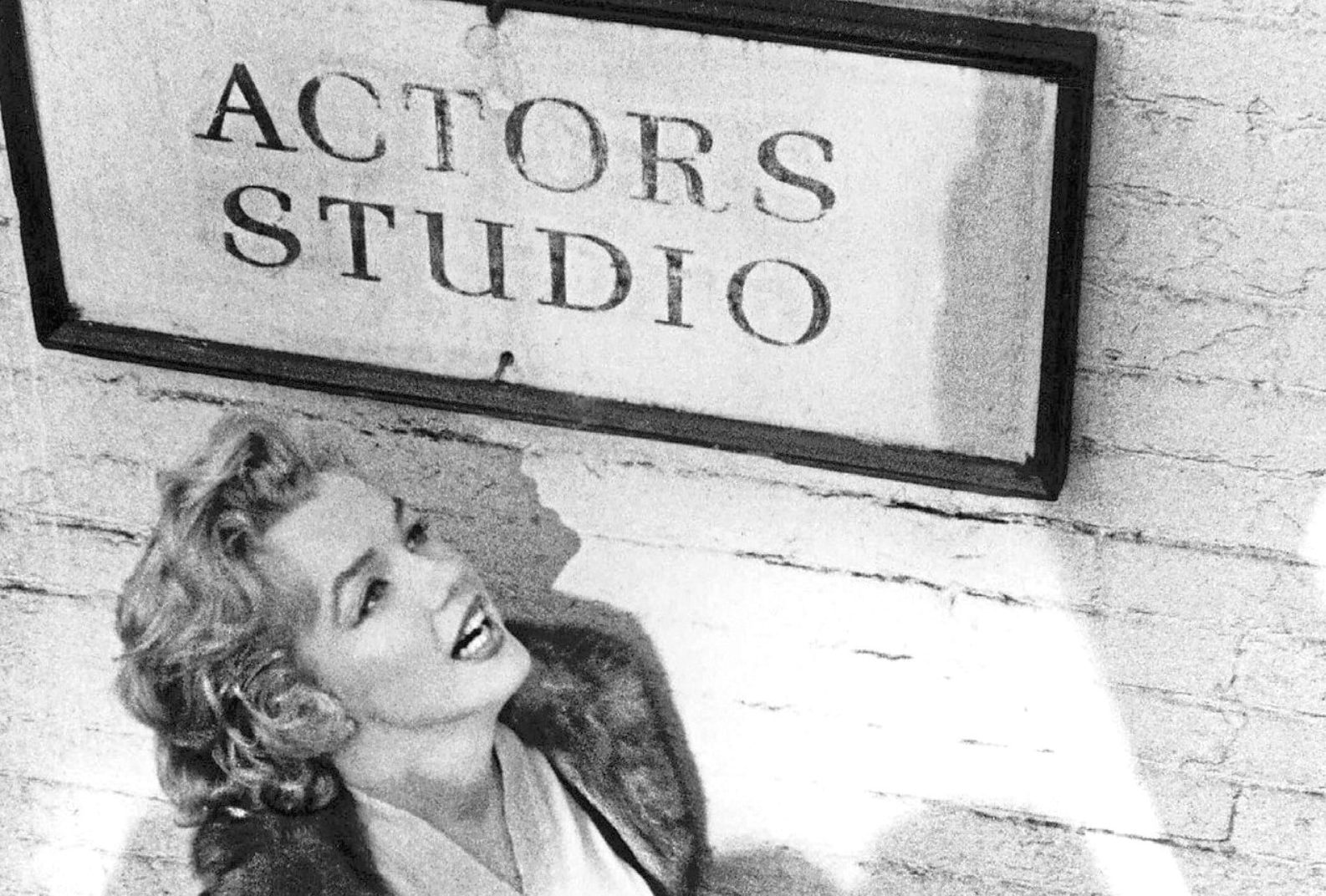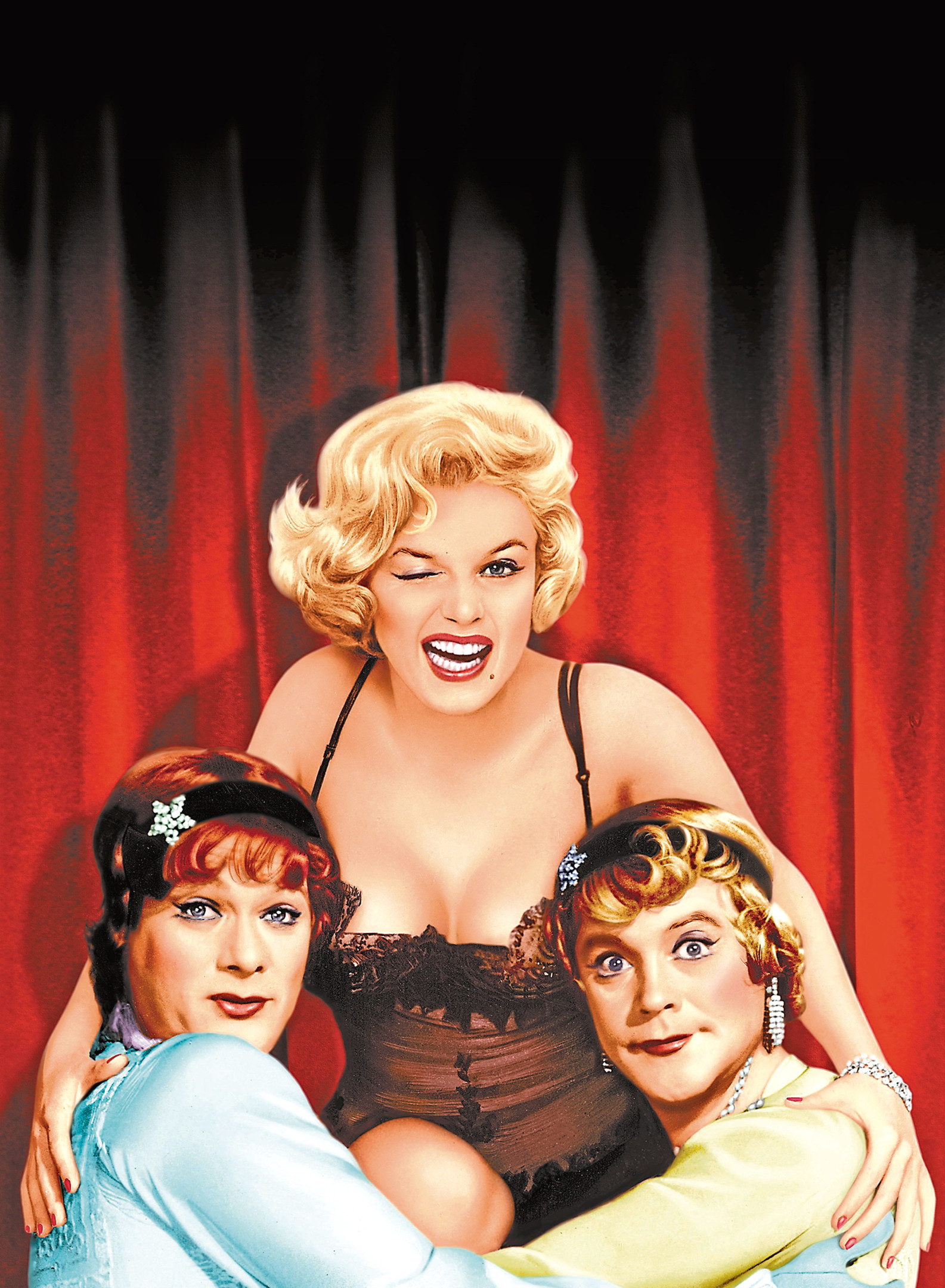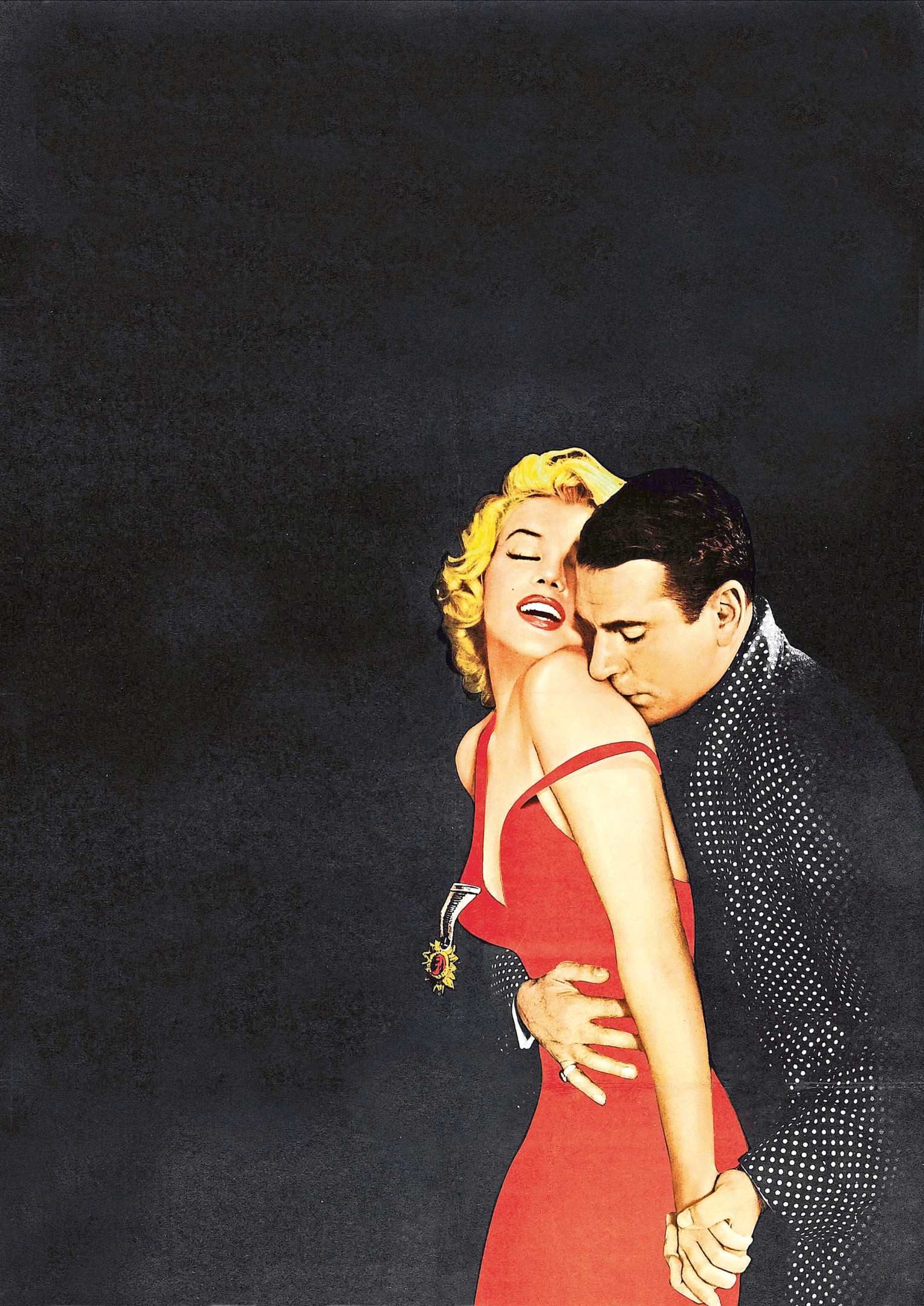
WHY are we still so obsessed with Marilyn Monroe?
I had posters of Hollywood’s most loved blonde bombshell on my wall as a teenager in the early to mid-80s when she’d already been dead for 20-odd years.
“It depends who you speak to,” says Michelle Morgan, Marilyn expert and author of five books on the Some Like It Hot star.
“Some people are really fascinated with her because of her style, because of her look, others because of her films.
“She’s different things to different people and she inspires people. People look at her life and say, ‘Well, she was raised in foster homes and an orphanage, she didn’t have a particularly good upbringing and yet she became this huge star. If she can do that, I can do that, too.’
“There was such hardship in her life but her overcoming things is very inspiring to people and it’s definitely inspiring to me.”
For someone who became one of the most famous stars Tinseltown ever produced, there have always been those who say she was never the best actress.
But in fact Marilyn was very serious about her craft.
“She was extremely serious,” nods Michelle. “She enrolled in the prestigious Actors Studio under Lee and Paula Strasberg when she moved to New York, and really trained to be this serious actress.
“They were the pioneers of method acting and wouldn’t have accepted her if she’d just been ‘eye candy’ but if you look through vintage magazines, the way they spoke about her was, ‘Oh, don’t bother trying to act, you silly woman, you should just be glamorous for us to gawk at!’
“She really did not want that. From the very beginning Marilyn described herself as an actress and said, ‘Well, if they’re putting me in these fluffy roles or musicals, at least I can hone my craft and then I can go on to something more serious.’
“That was when she was 20 or 21 years old, and then when it got to the mid-50s and she was nearly 30 she thought, ‘Well, now’s the time I have to do it.’
“She was incredibly talented. The directors who worked with her all said she was hard to work with because she often had trouble learning lines and what have you, but once she was on screen they said she just lit up.
“Even Laurence Olivier, who did not get on with Marilyn at all when they were filming The Prince And The Showgirl, said she was remarkable and that her luminous quality just came straight off the screen.”
In Some Like It Hot, Marilyn more than holds her own opposite Jack Lemmon and Tony Curtis, two huge stars who were both on top of their game at the time.
“She really does,” agrees Michelle. “That’s one of my favourite films but it was not easy to film. Marilyn was pregnant at the time, she would keep everybody waiting, but everyone who was involved with the film afterwards said how wonderful it was and of course it’s gone on to be legendary.
“She knew people just thought of her as a dumb blonde but the most important thing for her was to prove them wrong.”
I’ve seen footage from Marilyn’s final – uncompleted – film Something’s Got To Give in which she says not one word but in which the depth of expression and emotion on her face tells you everything she’s feeling and thinking.
“That was her very last film which was unfinished, and part of the role was her coming home to see her children,” says Michelle.
“Her character had been lost on a desert island for years and her children don’t recognise her, so she crouches down by the pool watching them play and the acting, the talent in her face at that moment is incredible.”
In fact, the expression on Marilyn’s face in that scene reminds me of the famous shot of Princess Diana on board Britannia, when she hasn’t seen her two boys for a while and flings her arms out wide to greet them with a huge smile on her face as they run towards her.
“Yes!” agrees Michelle. “There are a lot of similarities between Marilyn and Princess Diana. I found out that Diana was a Marilyn fan. She often described things that had gone on in Marilyn’s life as being similar to things that had happened in hers.
“Obviously the two had completely different backgrounds but emotionally speaking I think Diana saw a lot of herself in Marilyn.”
You would have thought Marilyn would have dominated any room she walked into but in fact the opposite was true.
At parties she was not confident and while the men would ogle her, the women would leave her ignored in a corner, either criticising what she was wearing or fretting she’d run off with their husbands because of how she’d been portrayed in her films and publicity.
“That’s right. I found a quote in an old magazine from a headmistress saying they couldn’t possibly let their students watch her films because of the way she’d been portrayed,” adds Michelle.
“It must have been horrendous for Marilyn to go to these parties. We’ve all been there as teenagers when you walk into a room and you know someone’s talking about you and how awful it makes you feel.
“To have that at every single party you go to – and be expected to go to them as part of your job – it must have been dreadful.
“I spoke to someone whose father had been put in charge of taking her to one particular party to keep an eye on her, and she didn’t want to go in because it would be such a horrible experience and so he spent some time with her outside.
“It must have been exhausting and a real kick to her confidence.
“Even at the Actors Studio she had her haters, people who’d think, ‘You came along to my opening night and all anyone could talk about was you and that’s why my play didn’t get to Broadway.’
“She put up with a lot of stick from them because they were New York actors and looked down on her purely because she was a glamorous Hollywood actress, and it wasn’t until she finally performed in front of them that their eyes were opened and they started to soften towards her.
“Even then there were people who talked about her and made fun of her behind her back but that just shows the strength she had to keep going back, knowing people were being hostile, and in the end she won when they all admitted how good she was.”
At the same time as she attended the Studio, Marilyn started dating Death Of A Salesman playwright Arthur Miller who’d become her third and final husband.
Says Michelle: “Their relationship was quite a complicated one. They definitely had an attraction but they had problems. Some say he married her to further his own career but I don’t believe that at all, he was doing pretty well before Marilyn!
“He was attracted to her seriousness. She was very well-read, she could hold a conversation and the fact she was beautiful as well wasn’t a hindrance!
“Marilyn was crazy in love with him from the moment she met him, which was when she was still in the early days of her career.
“She was attracted to him as a person and an intellectual but something happened between when they got married in 1956 and when they divorced in 1961, the whole thing just broke down.
“There have been tales of Marilyn not being the person he thought and vice-versa, and at one point she said he was a great teacher and a great writer but he wasn’t a great husband.
“Back then it was all ‘What’s Marilyn’s problem, another marriage bites the dust, can’t she make a man happy?’ but now people have seen what he said and did after their divorce which didn’t paint him in a good light.”
The Girl: Marilyn Monroe, The Seven Year Itch And The Birth Of An Unlikely Feminist by Michelle Morgan is published by Running Press on May 31.


Enjoy the convenience of having The Sunday Post delivered as a digital ePaper straight to your smartphone, tablet or computer.
Subscribe for only £5.49 a month and enjoy all the benefits of the printed paper as a digital replica.
Subscribe
